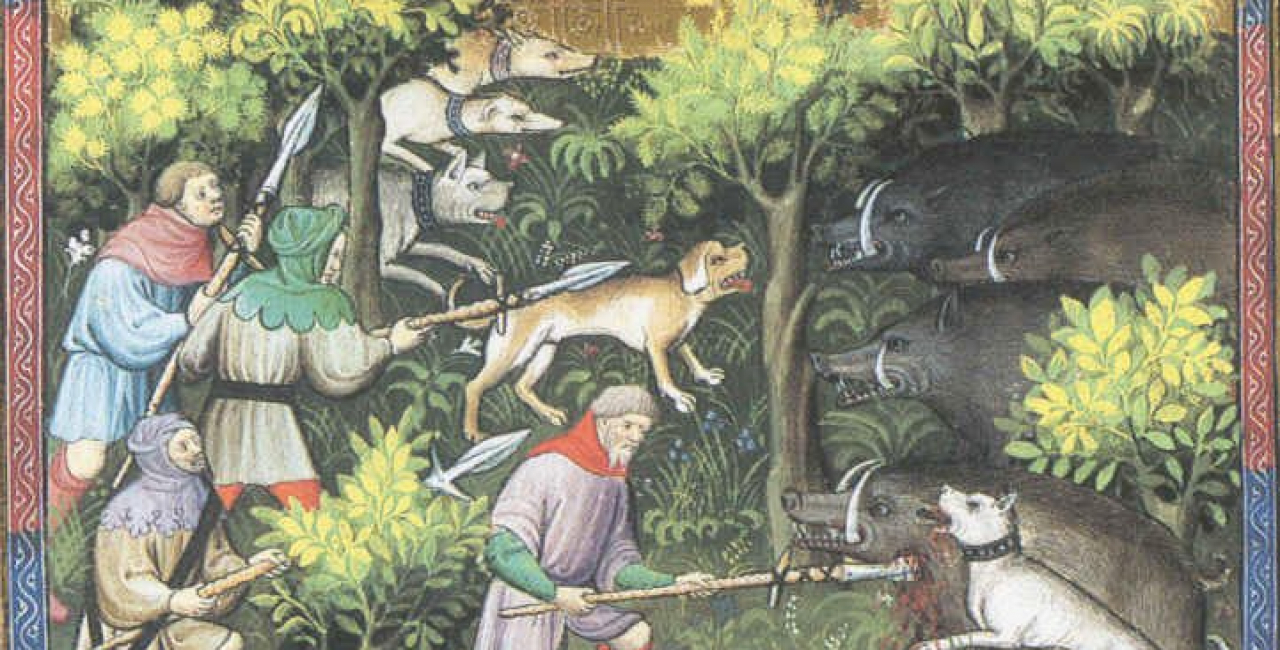LEAF HUNTING: WHERE TO FIND LEAF?
You should seek out dark areas for leaf hunting.
These could be shady old-growth stands with relatively low growth. A distance of 80 to 100 meters from the stand is ideal. And yes, you can also shoot from a tree stand. However, never shoot bucks from a close distance from the tree stand. Every roebuck knows that the doe doesn't "whistle" from the trees.
WHEN TO BLOW?
The most successful time to leaf hunt is at the beginning and end of the rut. The beginning of the rut is roughly from July 25th to 28th. The second phase begins on August 2nd: the end of the rut. At the start of leaf hunting, the bucks are still in good condition and respond very well. This is usually followed by four to five days with rather sparse success. The rut lasts until around August 15th and then quickly tapers off. In harsher regions, the rut begins later because the start of the rut is directly related to the does' birthing date. The later the fawns are born, the later the rut begins. The best time for leaf hunting depends largely on the weather. If the sky is overcast and the weather is not too hot or even rainy, leaf hunting can be successful all day long. During hot periods, however, the early morning and late evening hours are definitely best.
HOW TO BLOW?
THREE TIPS FOR THE RIGHT BLADE
- Basically, a leaf verse consists of 3-4 cheeps, each directed in a different direction. You should count to ten between each cheep. A typical verse might look like this: Cheep (forward) – 10-second pause – Cheep (left) – 10-second pause – Cheep (right). Each cheep should be short and in no way reminiscent of the call of a bird of prey. The correct cheep should therefore sound sharp and staccato, like a "fipp." Under no circumstances should you "run out of breath," resulting in a "pfiao." This would attract at most a hawk or buzzard, but definitely not the desired, mature roebuck.
- Excessive leafing should be avoided. Overworking the bucks can impair the entire rut and make life difficult for yourself.
- A third common mistake is a lack of preparation. Immediately after the cheep, you must be ready to shoot. When properly blading, bucks often approach the perch very quickly and very close. There's often no time to reset or make any unusual movements.
(Quelle:Jagd1)









